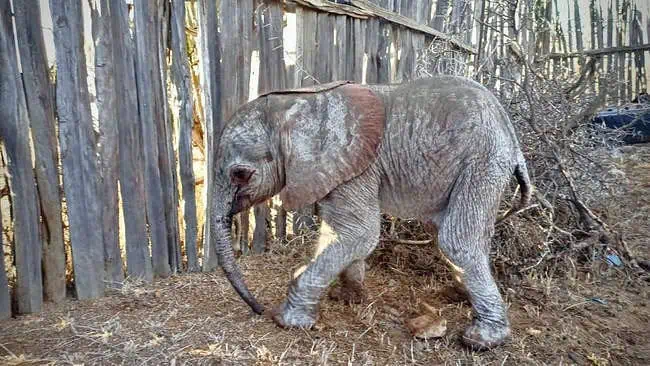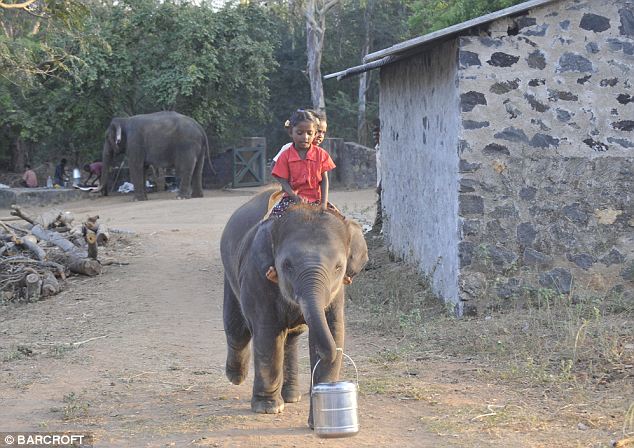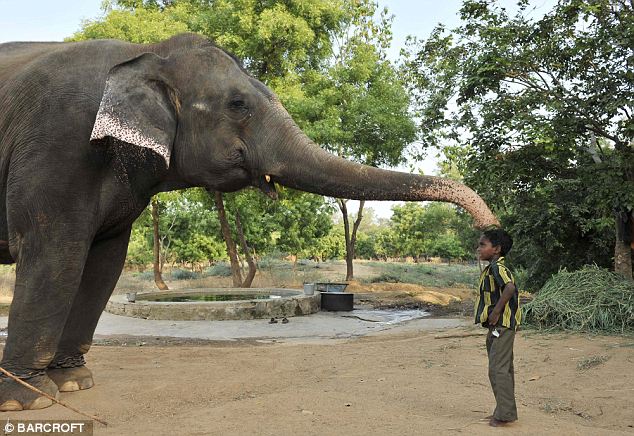Pika: The Tiny Mountain Bandit – A Tale of the Himalayan Highlands
In the heart of the majestic Himalayas, there exists a tiny creature that has captured the imagination of locals and travelers alike. The Pika, also known as the “Tiny Mountain Bandit,” is a small mammal that has adapted to survive and thrive in the harsh conditions of the high altitude environment. This blog post will delve into the fascinating world of the Pika, exploring its unique characteristics, habits, and the role it plays in the delicate ecosystem of the Himalayas.
The Pika, scientifically known as Ochotona, belongs to the family Ochotonidae and is related to rabbits and hares. They are small, round creatures, measuring between 6 to 8 inches in length and weighing around 100 to 200 grams. Their fur is dense and soft, ranging in color from brown to gray, depending on the species and the season. Pikas have short limbs and rounded ears, which help them to blend in with their rocky surroundings.
One of the most distinctive features of the Pika is its vocalizations. These tiny creatures are known for their high-pitched, piercing calls, which have earned them the nickname “Tiny Mountain Bandit.” Their calls serve various purposes, such as warning others of potential danger, communicating with mates, and even singing to establish territories.
Pikas are herbivores, feeding on a variety of plants, grasses, and flowers found in their high-altitude habitat. They are active during the day, foraging for food and storing it in underground burrows for the harsh winter months. This behavior has earned them the nickname “conveyor belts of the mountains,” as they transport food from their foraging areas to their burrows, often creating a visible trail of vegetation.
The Pika plays a vital role in the ecosystem of the Himalayas. As herbivores, they help control the growth of vegetation, preventing overgrowth and maintaining a balanced ecosystem. Their burrowing activities also help to aerate the soil, promoting the growth of new plants and supporting the overall health of the environment.
Despite their small size, Pikas are well-adapted to survive in the harsh conditions of the Himalayas. They have a thick fur coat that provides insulation against the cold and strong, muscular limbs that help them navigate the rocky terrain. Pikas are also able to conserve water by producing highly concentrated urine, which allows them to survive in areas with limited water resources.
Unfortunately, the Pika faces several threats to its survival. Climate change, habitat loss, and predation by introduced species such as feral cats and dogs have all contributed to a decline in Pika populations. Conservation efforts are underway to protect these fascinating creatures and ensure their continued survival in the Himalayan highlands.
In conclusion, the Pika, or “Tiny Mountain Bandit,” is a remarkable creature that has adapted to thrive in the challenging environment of the Himalayas. Its unique characteristics, habits, and role in the ecosystem make it a fascinating subject for study and a valuable component of the region’s natural heritage. As we continue to learn more about these incredible animals, it is our responsibility to ensure their protection and the preservation of their fragile mountain habitat.











